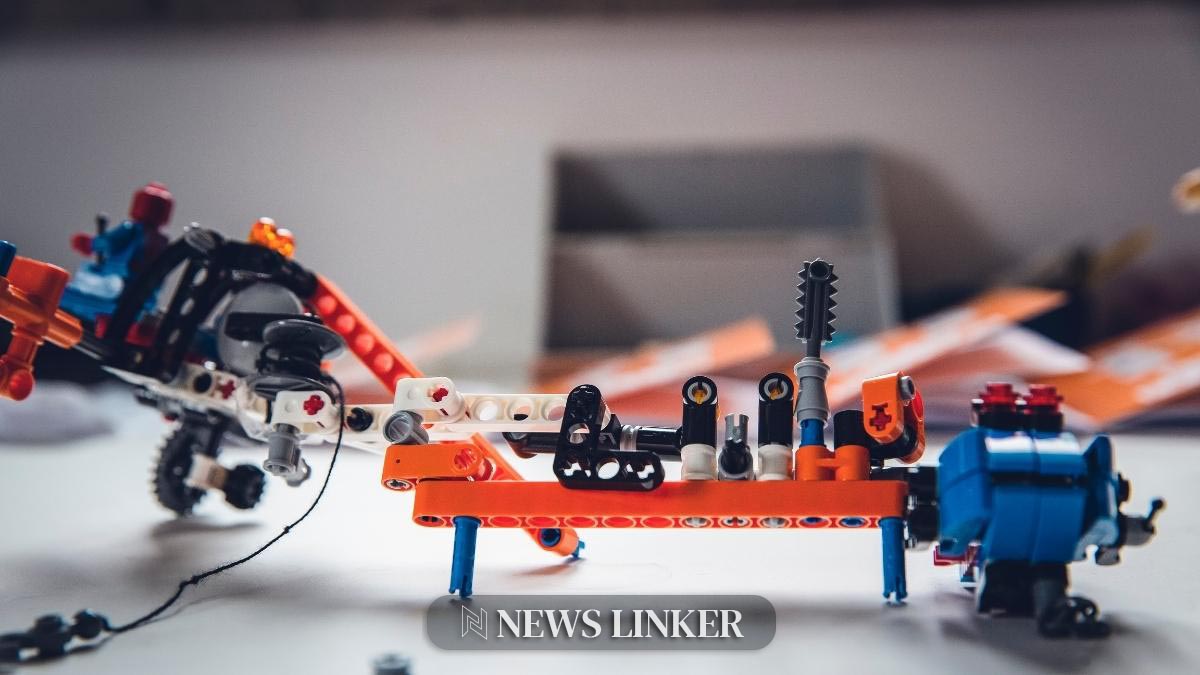In the field of human-robot interaction, a new tool named HEUROBOX has been developed by European researchers to assess interactions. HEUROBOX comes with basic and advanced heuristics for evaluating various aspects of human-robot interaction such as safety, functionality, ergonomics, and interfaces. The tool aims to facilitate seamless collaboration between humans and robots in industrial settings by aligning robots with human capabilities and needs.
Agile robots are also being developed. Researchers from Zhejiang University have designed a cable-driven snake-like robot for efficient movement in confined spaces. The robot utilizes force transducers and angle sensors for precise control, and is designed for applications such as minimally invasive surgery, nuclear waste handling, in-space inspections, and search and rescue operations in complex environments.
Innovations in training methods for agile robots have also been made. Researchers from the University of Zurich have found that reinforcement learning (RL) enables robots to learn through trial and error, and surpasses human capabilities in tasks such as autonomous drone racing.
In the realm of soft robotics, researchers from Kangwon National University have developed a soft gripper robot that can vary its stiffness, allowing it to handle objects of various shapes, sizes, and weights. This development contributes to the advancement of the field of soft robotics, which has applications in healthcare, manufacturing, exploration, and more.
In the field of medical robotics, a joystick-controlled endoscopic robot has been developed by researchers from Harvard Medical School to make neurosurgery less invasive. The robot offers greater access to the surgical site, enabling tasks to be completed more swiftly.
In the ecological field, researchers from Durham University are using robotics to investigate how animals are adapting to ecological challenges. They have developed robotic bees designed to interact with honeybee queens to enhance their egg-laying and pheromone production, which influences hive behavior.
These advancements in the field of robotics are indicative of the technology‘s potential implications for the future, revealing new opportunities for its integration into various industries and highlighting the adaptable and consistently progressing nature of robotics technology.










